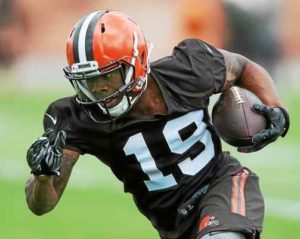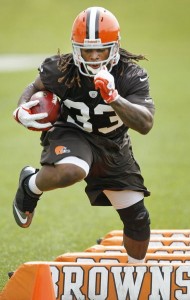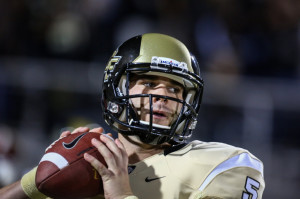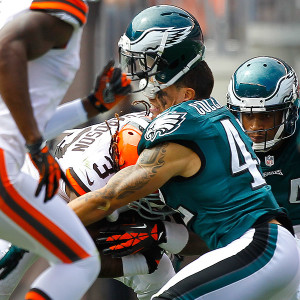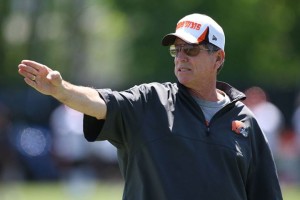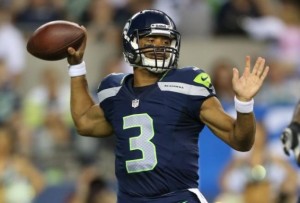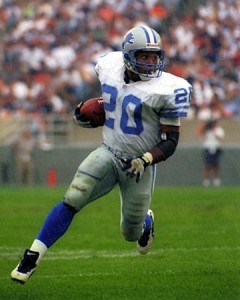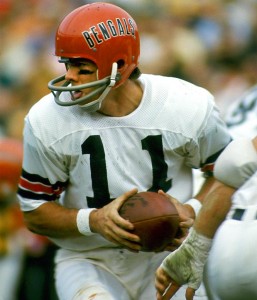Stop the presses: Cleveland is a favorite this week. The Browns host the Jets on Thursday night, and as of Tuesday evening, are 3-point favorites. That is breaking news, and it would really be breaking news if the Browns won. The 2015, 2016, and 2017 seasons, along with the first two games of 2018, give us a nice 50-game sample for Cleveland. And over the team’s last 50 games, they have been favored just four times, and won only one of those games: a win over the Blaine Gabbert/Jim Tomsula 49ers.
On that day, Johnny Manziel was the team’s quarterback. So yeah, it’s been a long time. Of course, the Browns have only won 4 (and tied a fifth, of course) of those games, with the last coming back on December 24th, 2016. That day, Robert Griffin III was the team’s quarterback.
So yes, it’s been a rough few years… or decade… or two decades, for Cleveland. Over the team’s last 58 games, the Browns have been favored to win and actually won just one time — that game against the 49ers. There have been a lot of bad days in Cleveland over the years, of course: the graph below shows each Browns game since 2008, along with the pre-game point spread. Remember, a positive number means the team was the underdog. In the graph below, you can see that most of the dots are above the 0 line, meaning Cleveland was usually an underdog. The games that Cleveland won are in white dots with orange borders; the games that Cleveland lost are in brown dots with orange borders.

Do the Browns have a reason to be optimistic since the game is at home and the Jets will have to travel to Ohio on short rest? From 2012 to 2017, there were 87 games played on Thursday night excluding week 1, when both teams have equal rest. In those games, the home team won 49 times (a 0.563 winning percentage), although the home team was favored 52 times and a pick’em once. Of the 52 home teams that were favored, 37 won (0.711) and 28 covered (with 24 failing to cover). When the spread has been tight — the home team favored by between 1 and 3 points — the home team has won 9 of 16 games.
If the Browns manage to win the game, it will be just the second time Cleveland has been favored to — and actually won — a game in primetime. The second-to-last time the Browns won a primetime game they were favored to win? They did it against a team that doesn’t exist anymore, with Bill Belichick as the head coach.



